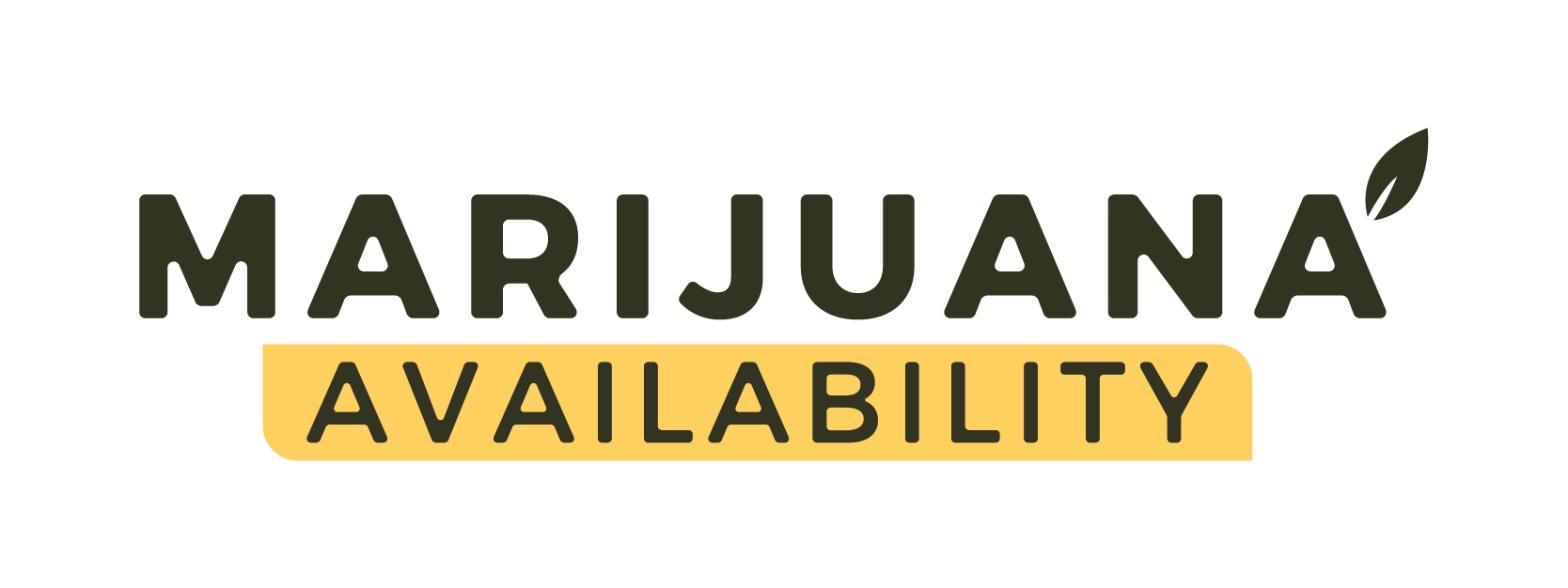Canada and the United States have taken distinctly different approaches to cannabis, especially when it comes to dispensaries. Here’s an in-depth breakdown.
Canada: Federal Legalization & Nationwide Access
- Legalization status: Cannabis was fully legalized nationwide for recreational and medicinal use on October 17, 2018, via Bill C-45 (the Cannabis Act). Learn More: businessofcannabis.com
- Regulatory landscape: While cannabis is federally legal, provinces regulate distribution and retail—some operate government-run stores, others allow private retailers. Read More: en.wikipedia.org
- Dispensary reach: As of early 2024, over 3,600 licensed legal recreational stores operated nationwide (~1 store per 10,000 people) mjbizdaily.com, showing widespread physical access.
- Regulatory updates: On March 12, 2025, federal amendments simplified licensing and boosted competition and diversity. More Information Here: jcannabisresearch.biomedcentral.com, canada.ca
- Economic impact: The cannabis sector contributed CA9.1 billion (≈ US6.7 billion) to GDP in Q1 2025.
- Market environment: Prices have dropped ~32% since 2021; debit payments are common in-store. More About Here: flowhub.com
Notable Provincial Examples
- British Columbia: 39 BC Cannabis Stores (public chain).
- Alberta: Privately-owned shops; dubbed Canada’s “pot capital” with high per capita sales.
- Ontario: Government-run Ontario Cannabis Store (OCS) handles online sales and wholesaling, while private retailers run brick-and-mortar outlets.
United States: State-by-State Patchwork
- Legal status: Federally, cannabis remains Schedule I, though rescheduling efforts are underway. Recreational cannabis is legal in 24 states + D.C., and medical is legal in 39 states. Read More: covasoftware.com
- Retail model: Retail is state-regulated and highly varied—some states permit private dispensaries, others run government stores. Licensing is often expensive and limited.
- Proliferation: U.S. dispensaries are denser in mature markets (e.g. CA, CO, MI) but access varies dramatically by region.
- Taxation: U.S. dispensaries can face heavier taxes (excise, state, local) compared to Canadian counterparts .
Key Differences
| Feature | Canada | USA (Recreational) |
|---|---|---|
| Federal legality | Yes (since Oct 2018) | No, still Schedule I federally |
| Retail framework | Provincial control; mix of public & private | State-by-state; mix of public/private |
| Dispensary density | Varies; dense in mature markets | |
| Regulatory burden | Streamlining in 2025 supports licensing | Complex, costly, varied by state |
| Tax structure | Moderate provincial/federal taxes; lower consumer prices | Often taxed heavily with excise taxes |
Economic, Consumer & Market Insights
Canada
- Strong market growth: recreational sales grew 11.6% to CA$5.2 billion in FY 2023–24. Learn More: internationalcbc.com
- Contributed CA$9.1 billion to GDP in Q1 2025 .
- Store count ramped quickly: from ~250 in 2019 to ~3,500 in 2023 .
USA
- Total legal cannabis sales reached ~$20 billion, double alcohol revenue.
- Pricing, taxes, and banking issues remain major barriers, but rescheduling efforts could open new avenues .
Implications for Consumers & Businesses
For Consumers
- Canada: Consistent national standards, broader store access, better price transparency.
- USA: Variable access—some regions have thriving retail scenes, others still waiting. High taxes often pass onto consumers.
For Businesses
- Canada: Federal legality enables cross-province operations and export capabilities; 2025 reforms reduce regulatory burden.
- USA: Fragmented regulations, high licensing costs, and federal banking restrictions complicate expansion; rescheduling could ease growth .
What Could the Future Hold?
- Canada: Continued expansion, product innovation, and simplified licensing could boost competition and consumer choice.
- USA: Federal rescheduling and evolving state laws (e.g., edibles, home grow) signal a shifting landscape—and potential lessons from Canada .
A Better Understanding
Canada’s unified, federally legal system—with provincial control over retail—provides broad, regulated access and growing market momentum. By contrast, the U.S. patchwork of state-based legalisms yields uneven availability and persistent challenges. For consumers, Canada offers consistency; for businesses, ease of scaling. America’s legal cannabis industry is booming—but it still navigates uncertainty and federal obstacles.
